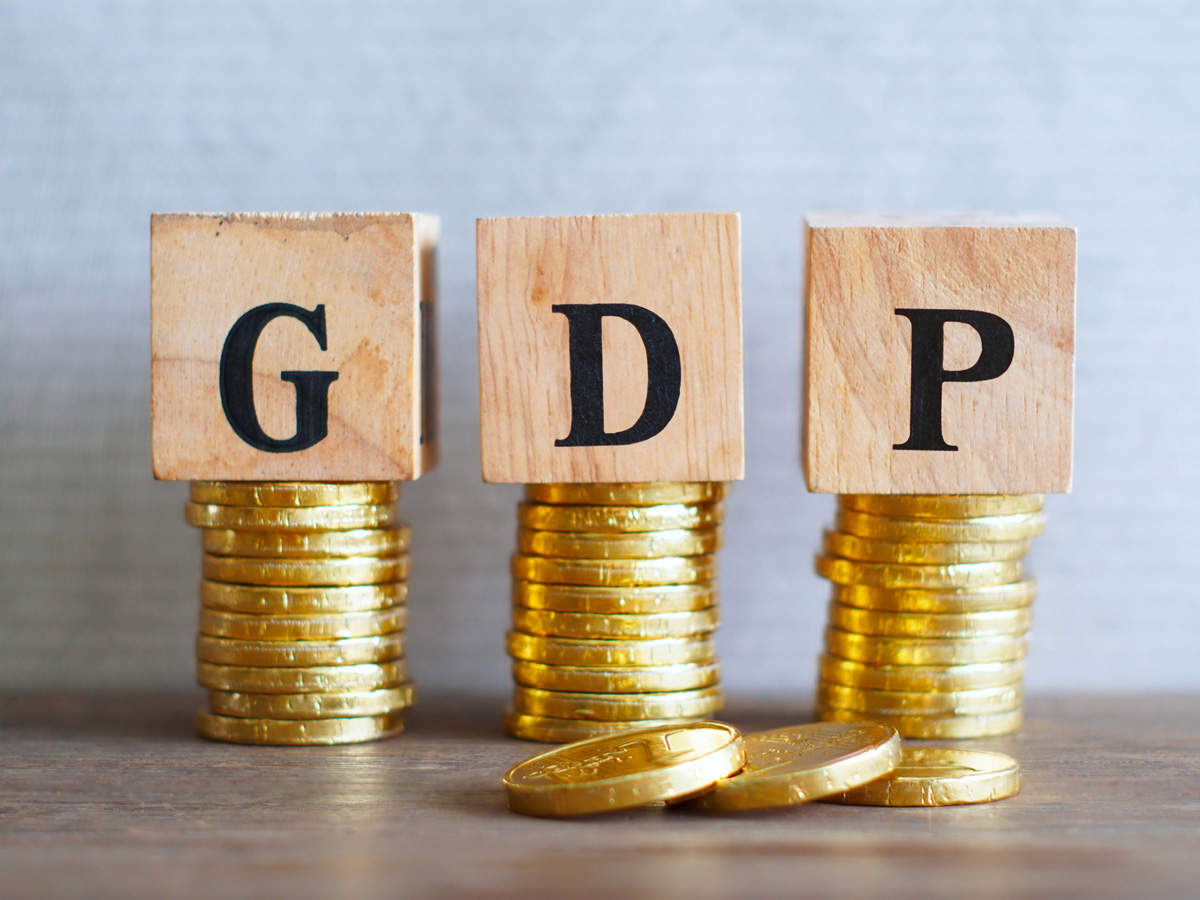India’s Projected GDP Growth of 6.5% in FY24: Insights from Former NITI Aayog Vice Chairman Rajiv Kumar

India’s Projected GDP Growth of 6.5% in FY24: Insights from Former NITI Aayog Vice Chairman Rajiv Kumar
In recent statements, the former Vice Chairman of NITI Aayog, Dr. Rajiv Kumar, projected that India is set to experience a 6.5% growth in its Gross Domestic Product (GDP) for the fiscal year 2023-2024 (FY24).
This forecast comes as a beacon of hope and signifies a rebounding economy after grappling with economic slowdowns precipitated by the global COVID-19 pandemic.
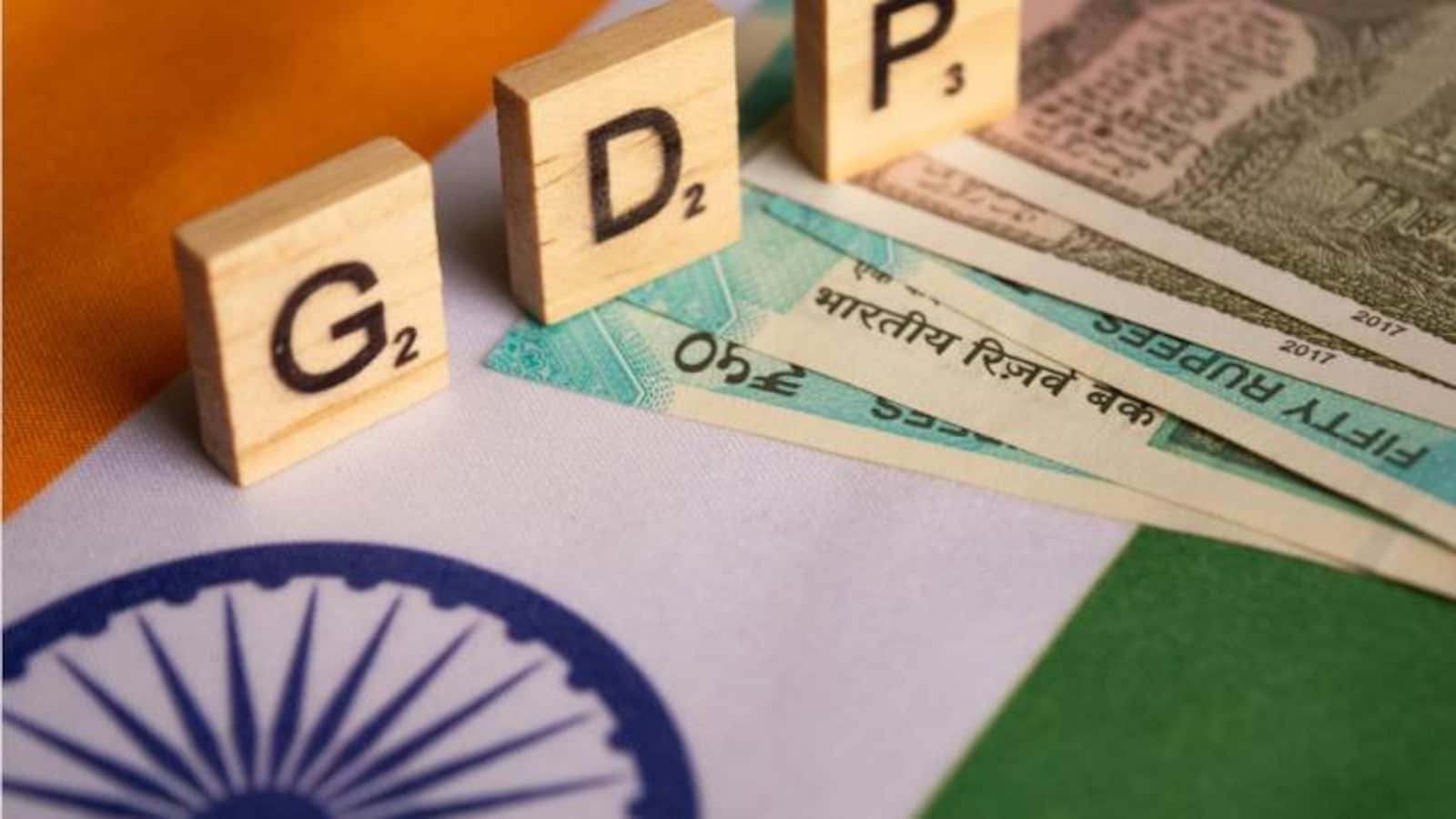
The National Institution for Transforming India, or NITI Aayog, is the premier policy think tank of the Indian government. It provides both directional and policy inputs to the central and state governments.
According to former NITI Aayog Vice Chairman Rajiv Kumar, the Indian economy would expand by about 6.5% this fiscal year as the country’s macroeconomic position benefits from the reforms implemented over the past nine years by the Narendra Modi-led administration.
Further, Kumar asserted that India can and should experience economic growth of at least 8% in order to satisfy the ambitions of the nation’s youth and create a significant number of employment for its labour force. India’s GDP growth in 2022–2023 was 7.2% rather than 2021–2022’s 9.1%.
The Reserve Bank of India predicts that India’s GDP will increase by 6.5 percent during the current fiscal year.

In addition, Kumar stated that India’s macroeconomic position was improved by the changes that had been put in place during the previous nine years. Thus, both the domestic and the external macroeconomic balances are in good health. He said that India’s current account deficit could be controlled, its foreign exchange reserves could cover imports for around 11 months, and foreign direct investment flows were still occurring.
On the domestic front, according to Kumar, the inflation is starting to decline to the goal ranges and the government’s tax collections have increased by a respectable 16% since last year.
“As a result, this will resolve the financial crisis and bring about fiscal consolidation. The rating agencies have raised their ratings as a result of this development, and JP Morgan has included India to its list of countries with international bond indexes,” he said.
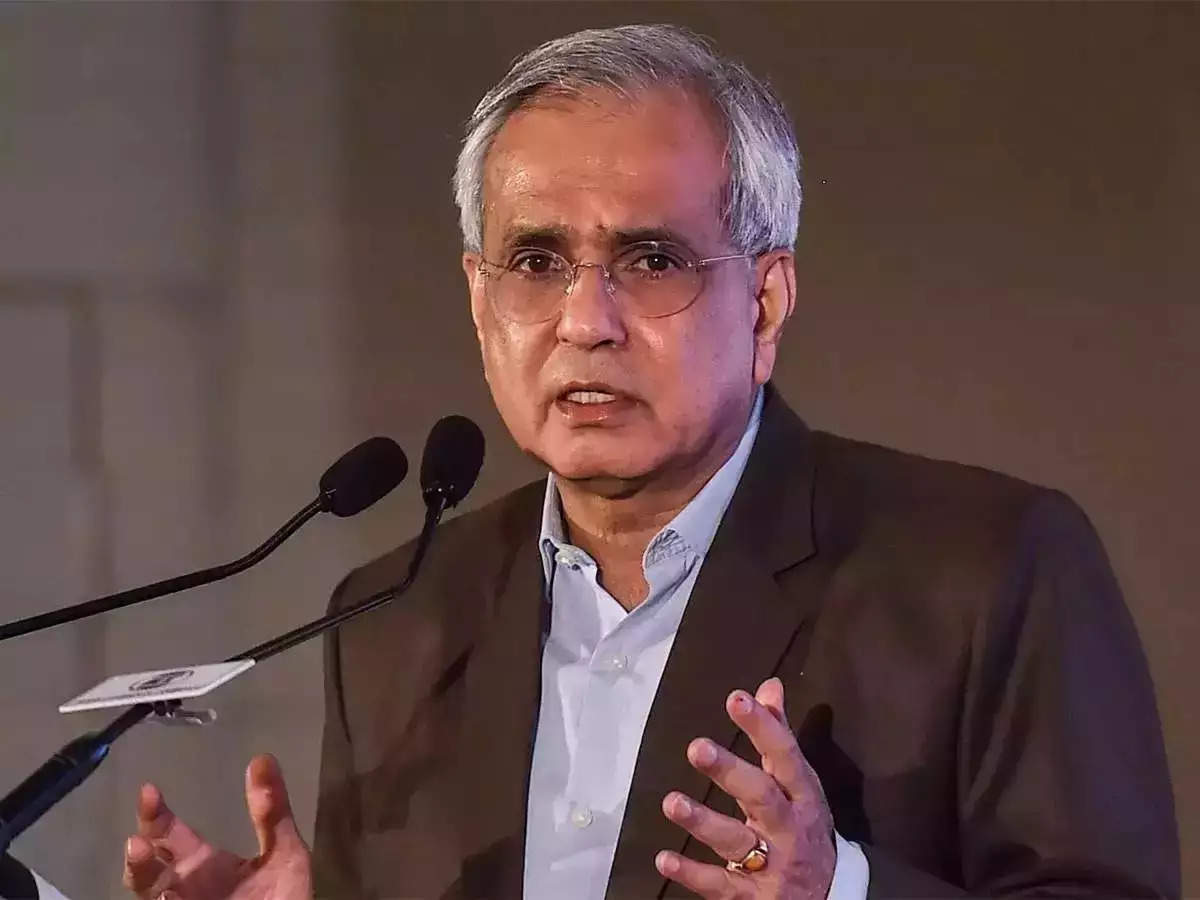
The main problem, according to Kumar, is that private business investment is not yet reacting as “we would expect, but that also is beginning to improve, as demonstrated by the increase in bank credit growth over the last six months”.
He stated, “This reflects our age-old situation, which is that India’s export performance is strongly correlated with the global trade performance.” He expressed alarm about the approximately 11% fall in India’s exports between April and August compared to the same time last year. Given the sluggish demand in Europe, the US, and other developed economies, Kumar said that India’s export performance has worsened along with the global economy.
The Ministry of Statistics and Programme Implementation (MoSPI), according to Kumar, must take a strong stance and provide sufficient justifications for why the wholesale price index (WPI) deflator rather than the consumer price index (CPI) is being used as the GDP deflator in response to claims made by some US-based economists that India is overstating economic growth.
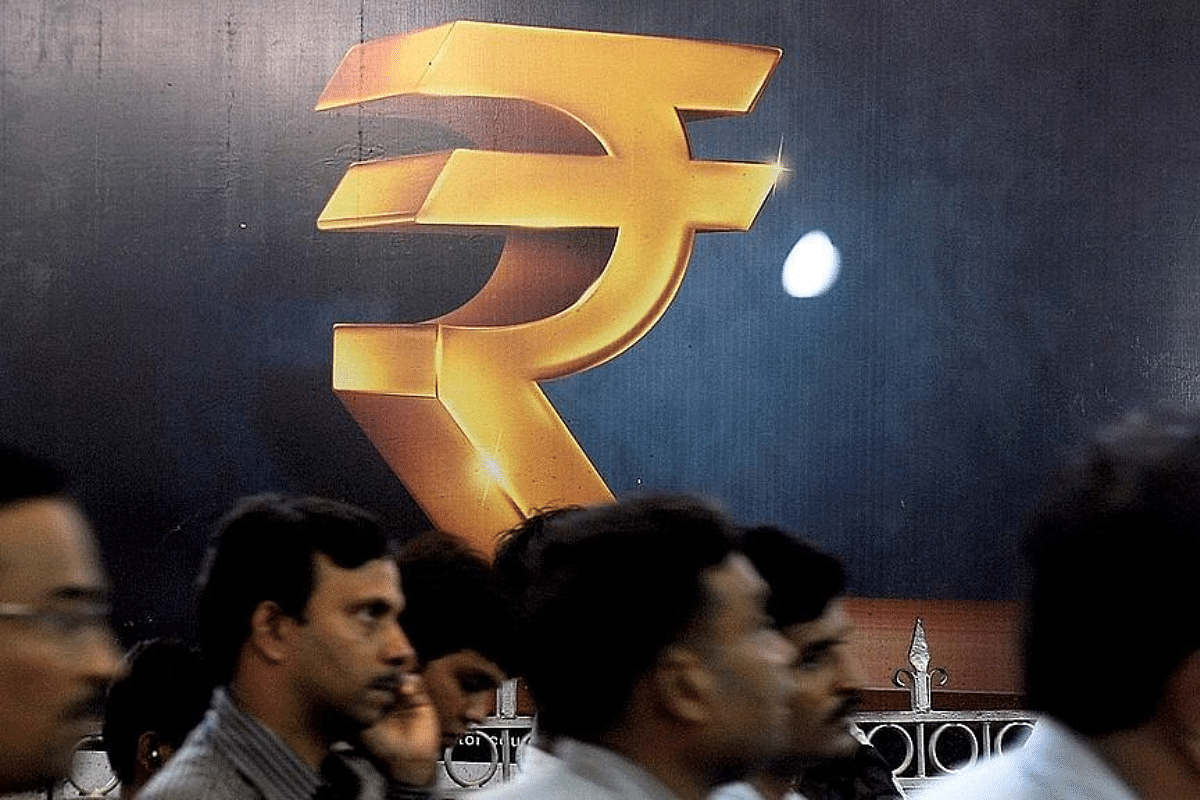
“And that needs to be firmly established once and for all,” Kumar added.
According to the Income or Production Approach, India’s real GDP grew by 7.8% in Q1 FY24 over the same period last year.
Arvind Subramanian, a former senior economic advisor, has claimed in an essay that India’s GDP is solely calculated from the revenue side and not the expenditure side. This has a propensity to overstate GDP growth.
When the same statistical authority reported the most severe contraction in the first quarter of 2020, the naysayers had called it credible because it fit their narrative, Chief Economic Advisor V Anantha Nageswaran claimed last month. He rejected criticism of “statistical discrepancy” in the first quarter GDP data.
Nageshwaran’s post was produced in response to discussions about India’s economic performance and worries raised by Princeton University professor and economist Ashoka Mody about the GDP growth rate of the nation during the first quarter of the fiscal year 2023–24.

Dr. Rajiv Kumar, having served as its Vice Chairman, brings considerable expertise to his economic analyses and forecasts.
Dr. Kumar emphasized the strength of India’s economic fundamentals as a crucial factor. A consistent focus on reforms, including the Insolvency and Bankruptcy Code (IBC) and the Goods and Services Tax (GST), has provided a robust base for economic activity.
The Indian government’s proactive fiscal measures have been instrumental in rejuvenating demand and injecting liquidity into the market. These fiscal packages aimed to bolster various sectors of the economy and empower the grassroots.
Investments in infrastructure have historically had a multiplicative effect on India’s GDP. With several infrastructural projects in the pipeline and ongoing work, this is expected to be a significant driver for growth.
The accelerated adoption of digital technologies in both the public and private sectors is enhancing productivity, thereby contributing to GDP growth.
As the global economy recovers from the repercussions of the pandemic, export opportunities are expected to flourish, providing an impetus to India’s GDP.
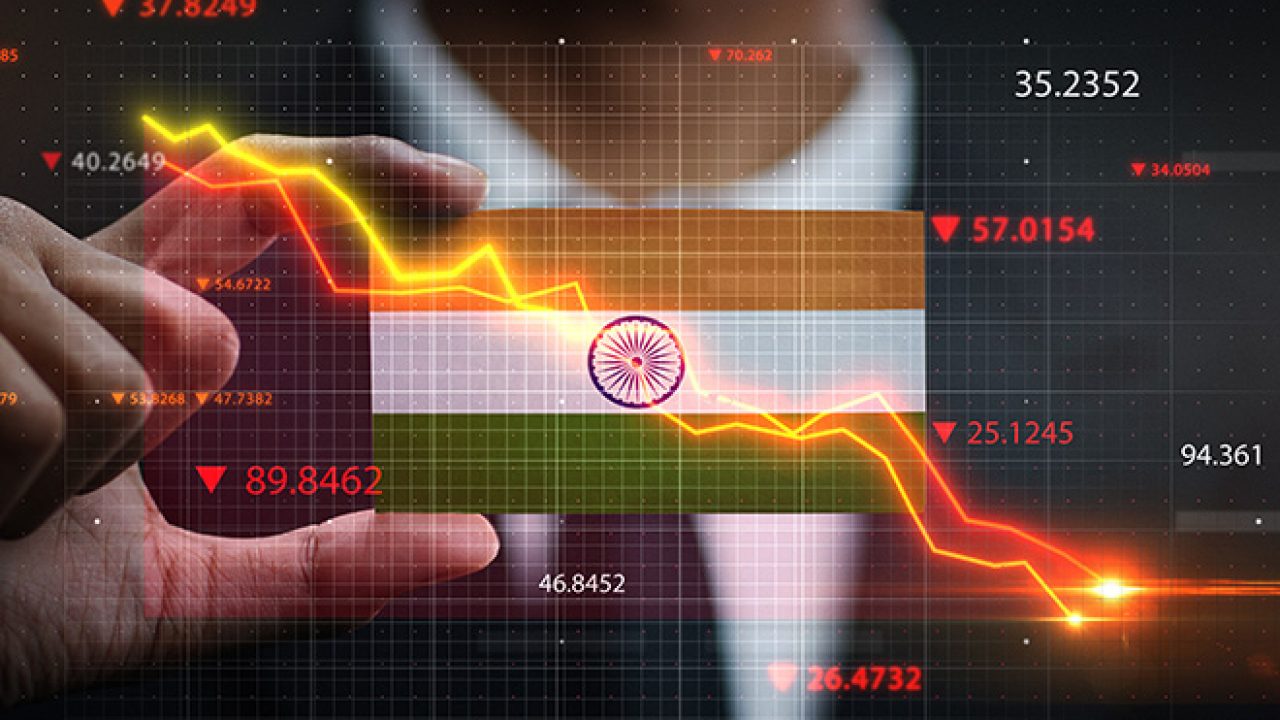
Containing inflation, particularly in essential commodities, is crucial for maintaining purchasing power and thus demand. A young demographic dividend necessitates the creation of jobs.
Investing in sectors that have higher employment elasticity is vital. Micro, Small, and Medium Enterprises (MSMEs) form the backbone of the Indian economy. It’s imperative to provide them with the necessary support, be it in terms of credit or market access.
Alongside economic considerations, environmental sustainability is of paramount importance. A balance must be struck between growth and the environment.
Dr. Rajiv Kumar’s forecast is not only an indication of India’s potential economic resurgence but also a testament to the resilience and adaptability of the Indian economy. While challenges persist, with targeted interventions and a cohesive strategy, the projected 6.5% GDP growth for FY24 seems achievable.

